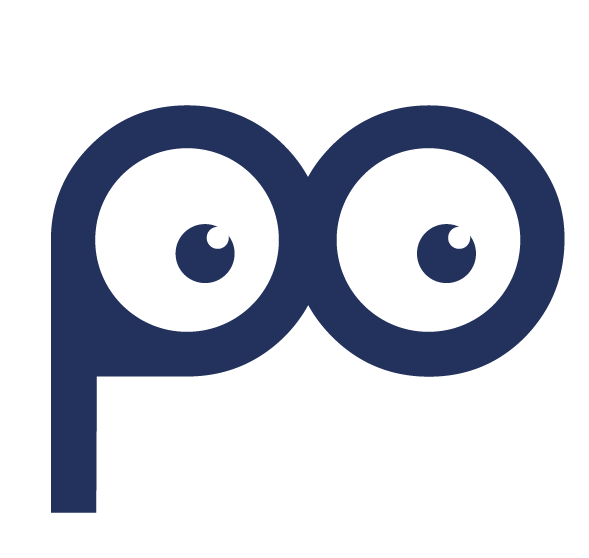
Psychometric Profiling and User Experience
According to Forrester Consulting research in September 2022, commissioned by CSG Systems International, 60% of CX executives said they have invested in customer engagement solutions (CES) in response to changes in customer expectations and behaviors.
Psychometric profiling with the use of artificial intelligence has enhanced this trend, enabling automation, data generation and support in content creation. In 2022, AI capabilities have made significant advances, with growth in AI solutions within organizations and common adoption of RPA, computer vision and natural language understanding systems.
In November 2022, generative AI took a notable step forward with the launch of ChatGPT, a technology based on LLM (Large Language Models) that feeds on large datasets of information, demonstrating an excellent ability to create code, compile reports and conduct dialogues, emulating human language and interaction flawlessly.
Written by the Portrait Team
How psychometric profiling can improve user experience
Psychometric profiling can significantly improve user experience in various contexts, such as websites, apps or online services. When a system understands user preferences, behaviors and needs through psychometric data, it can more precisely personalize the interface and content. This means that users receive more relevant content and suggestions, interact with an interface tailored to them and feel understood. This leads to an increase in engagement, satisfaction and loyalty, improving the user experience overall. Psychometric profiling allows you to anticipate user needs, offering a more intuitive and rewarding service, which in turn can increase retention and conversions.
Strategies in psychometric profiling
To improve the user experience through psychometric profiling, various strategies can be implemented:
Personality-based segmentation: Use psychometric data to divide users into segments based on personality. For example, extroverted users may prefer a more dynamic interface, while introverted users may appreciate calmer navigation.
Personalized content: Provide specific content based on the user’s personality. For example, suggest items, products or services that fit their preferences and interests.
Customized interface: Adapt the user interface based on the user’s psychometric profile. This could include choosing the colors, style, and arrangement of interface elements.
Personalized communication: Use a tone and communication style that reflects the user’s personality. For example, be more formal with users who display a more conservative personality and more informal with those who are more adventurous.
Test and adapt: Subject psychometric profiling strategies to tests and constantly measure their impact on the user experience, making adjustments based on the results.
Personalized help and support: Offer personalized help based on your personality. For example, providing more empathetic customer service for users with a more relationship-oriented personality.
The competitive advantage of psychometric profiling
Effectively implementing these strategies requires careful collection and analysis of psychometric data, as well as an in-depth understanding of different personality types and user preferences. Furthermore, it is essential to ensure transparency and respect for user privacy throughout the process.
“Strategic Personalization for Competitive Positioning” According to IDC projections, by 2026, B2B businesses will leverage AI interaction and analytics to automate and personalize customer engagement.
The need for customization is universal, both in B2C and B2B contexts. Regardless of the target market, investing in technologies that improve and simplify the experience of users – customers, employees, suppliers and partners – is crucial to gaining a competitive advantage.
profiling tools
PortrAIt, a technology capable of detecting the main character traits of the interlocutor, without the risk of incurring “bias” on the contents of the communication, but by exclusively analyzing the functional terms indicative of the “modalities of interlocution”.
This allows you to adapt messages and communication tones in line with the user’s expectations, becoming in tune with the interlocutor to optimize the chances of conversion and the development of loyalty.


The main challenges of user experience.
Psychometric profiling as an aid.
Among the main findings of the CSG survey the following challenges stand out:
Guarantee a timely and proactive service on different platforms, improving personalization and communication times.
Implement a multi-channel approach to engage customers in the right channel at the right time.
Create brand loyalty starting from the onboarding of products and services, making them personalized and immediately accessible.

FOLLOW US ON LINKEDIN
Curious to know more about psychometric profiling? Follow us on Linkedin.

Offices
Viale Fulvio Testi, 128 20092 – Cinisello Balsamo (MI)
Headquarter
Via Meuccio Ruini 10, 42124 - Reggio Emilia (RE)
